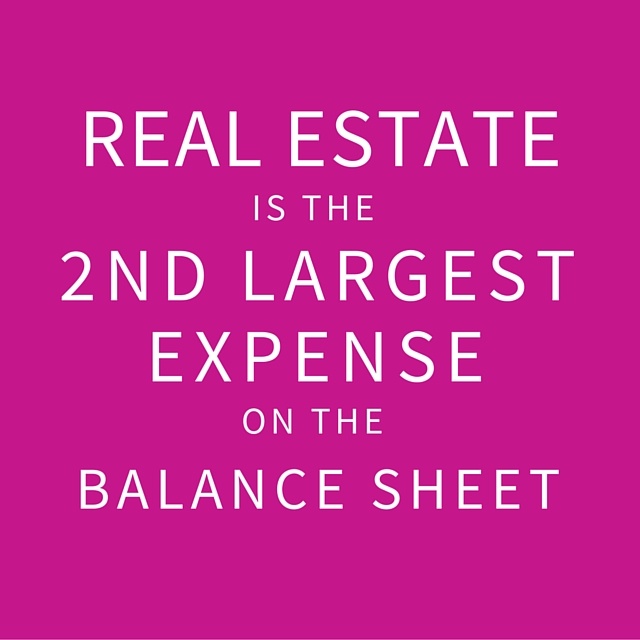Firms have always had concerns about the efficient use of their offices, and for good reason. After staff, real estate is their most expensive and valuable asset. Twenty or more years ago, before the Internet began to unravel the bonds that tied us full-time to the workplace, this was a fairly straightforward issue. Even those workers who spent large amounts of time away from the office usually had their own desk to call home.
 You might like to read the white paper: “Filling the Void”.
You might like to read the white paper: “Filling the Void”.
In the mid 1990s, that started to change. Not only did the uptake of the Internet and the adoption of mobile phones and laptops allow staff to work from anywhere, there was growing awareness of exactly how they used space within the office itself.In the mid 1990s, that started to change. Not only did the uptake of the Internet and the adoption of mobile phones and laptops allow staff to work from anywhere, there was growing awareness of exactly how they used space within the office itself.
Pioneers such as Frank Duffy and his firm DEGW began to measure how much time people spent at their desks over the course of the day and began to posit alternatives to dedicated workstations.
For the first time, the workplace was seen as a cluster of settings through which people moved depending on what they were doing. New desk sharing practices such as hot desking, hoteling were increasingly adopted and in their wake trailed new conceptions of the office as a club, which people visited, booked and used as they would a public space.
 A quarter of a century on, such radical ideas are now mainstream and we not only enjoy nearly three decades of accumulated wisdom and sophistication, but also now have the tools to measure and manage the way we use the workplace in real-time such as Condeco Sense. This not only helps firms to keep down costs and better manage their real estate, it also creates workplaces that are better able to serve the people that use them and adapt to new technologies and working practices.
A quarter of a century on, such radical ideas are now mainstream and we not only enjoy nearly three decades of accumulated wisdom and sophistication, but also now have the tools to measure and manage the way we use the workplace in real-time such as Condeco Sense. This not only helps firms to keep down costs and better manage their real estate, it also creates workplaces that are better able to serve the people that use them and adapt to new technologies and working practices.